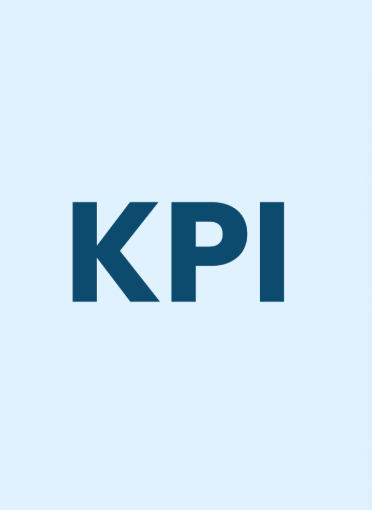For organisations committed to integrity and regulatory alignment, evaluating the effectiveness of compliance efforts is non-negotiable. One of the most effective tools for doing this is the use of key performance indicators (KPIs). These metrics allow businesses to measure how well their compliance strategies are working, spotlight potential weaknesses, and demonstrate accountability to regulators and stakeholders alike.
Understanding Compliance KPIs
Compliance KPIs are measurable data points used to assess how well an organisation adheres to internal policies, industry regulations, and legal standards. These indicators transform broad goals—like maintaining ethical operations or avoiding fines—into specific, trackable objectives that can guide strategic decisions.
Why Compliance KPIs Matter
There are several reasons why tracking performance metrics in compliance is vital:
- Clarify complex goals: “Full compliance” is a broad aim. KPIs help break it down into manageable, actionable components.
- Expose weaknesses: By measuring performance, companies can identify areas that need improvement before they escalate into serious issues.
- Respond to regulatory changes: New laws and updates are constant. KPIs help ensure procedures stay aligned with evolving requirements.
- Demonstrate diligence: In the event of a compliance breach, having clear evidence of proactive risk management can mitigate legal or reputational consequences.
Key Compliance KPIs to Track
A range of performance indicators can offer insight into the strength and scope of your compliance efforts. Below are some of the most impactful KPIs to consider:
1. Compliance Expense per Incident
This metric calculates the average cost associated with each compliance issue. It’s determined by dividing the total fines paid by the number of regulatory breaches addressed. A declining figure suggests that the most serious risks are being managed effectively and that remaining issues may be of lower severity.
2. Average Cost of Compliance-Related Legal Cases
By tracking the financial impact of lawsuits stemming from compliance failures, this KPI can highlight whether your organisation is successfully deterring serious misconduct. If this cost remains static or increases, it may signal the need for a reassessment of internal controls or reporting mechanisms.
3. Total Compliance-Related Costs
This includes all financial penalties incurred during a specific time frame. While it doesn’t distinguish between minor infractions and significant violations, it provides a general sense of how compliance performance is trending over time.
4. Risk Severity Gap
This KPI compares projected compliance risks with the actual risks that materialise. A large gap may indicate that resources are being misallocated—either toward low-impact risks or away from more pressing threats. Tracking this can help fine-tune your risk management approach.
5. Composite Risk Score
To calculate this, each identified risk is scored based on its likelihood and potential impact, typically on a scale of 1 to 5. Combining these scores helps prioritise where compliance teams should focus their attention and resources.
6. HR Compliance Costs
This tracks the total spending on regulatory compliance activities managed by the human resources department. When compared to overall revenue, it can indicate how efficiently compliance-related efforts are being managed, particularly in areas like workplace conduct or labor law adherence.
7. Training Investment per Employee
Divide the total compliance training budget by the number of employees to determine this figure. Increasing this investment year-over-year signals a commitment to strengthening organisational awareness and reducing future risk exposure.
Final Thoughts
Monitoring compliance through well-defined KPIs allows businesses to maintain a clear picture of where they stand and where improvements are needed. It also strengthens internal controls, builds a culture of accountability, and positions organisations to adapt quickly in a constantly evolving regulatory environment. Ultimately, effective measurement is the foundation of effective compliance.
